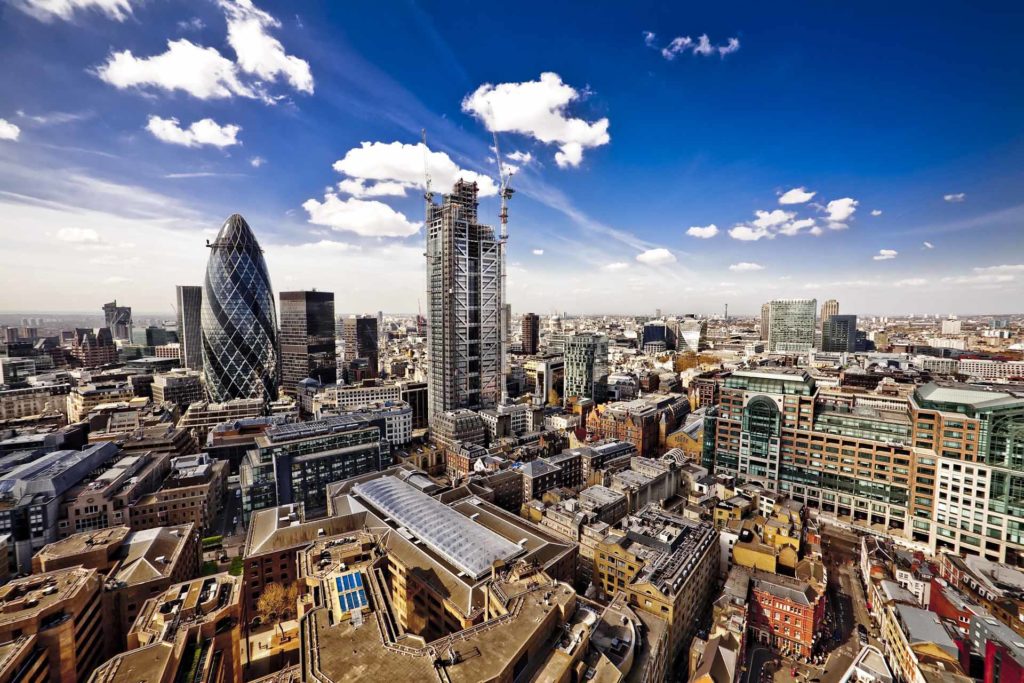
Zoopla’s latest report has shown that property prices in London are starting to stabilise as buyers see better value for money.
Key Findings
• London’s annual house price growth picked up in February 2019 to +0.4%.
• There are signs of a pick-up in demand. Buyers who have delayed purchases since 2015, are beginning to see greater value for money, finding buying opportunities while Brexit uncertainty impacts market sentiment.
• The number of London postcodes registering price falls is starting to reduce – down from 69% in October 2018 to 55% today.
• Prices continue to increase in 45% of London City postcodes, typically lower value, more affordable areas in outer London.
• The latest UK cities house price index reveals that average prices increased +2.8% over the last year
• Regional cities have seen the greatest price growth over the last 3 years – prices are up by as much as +17% since the Brexit vote in Leicester and Manchester.
Richard Donnell, Research and Insight Director at Zoopla, comments: “Our latest index results show that house prices in London are starting to firm. Buyers who have stood on the side-lines since 2015 are starting to see greater value for money, seeking out buying opportunities amidst the uncertainty of Brexit. This is supported by greater realism on pricing by sellers. We do not believe London prices will rebound but it is a positive for sales volumes which are still 25% lower than in 2016.
House price growth has remained strong in regional cities over the last 3 years rising as much as 17% since the Brexit vote but signs of weaker growth are building as affordability pressures grow.
While the Brexit debate reaches fever pitch data on housing sales and demand for mortgages shows buyers are largely unmoved. Transaction volumes over 2018 remained in line with the 5-year average. The latest data shows that housing transactions have increased slightly in the first 2 months of 2019. With unemployment at a record low and mortgage rates still averaging 2%, buyers appear to be largely shrugging off Brexit uncertainty until there is a material change in the overall outlook.”










